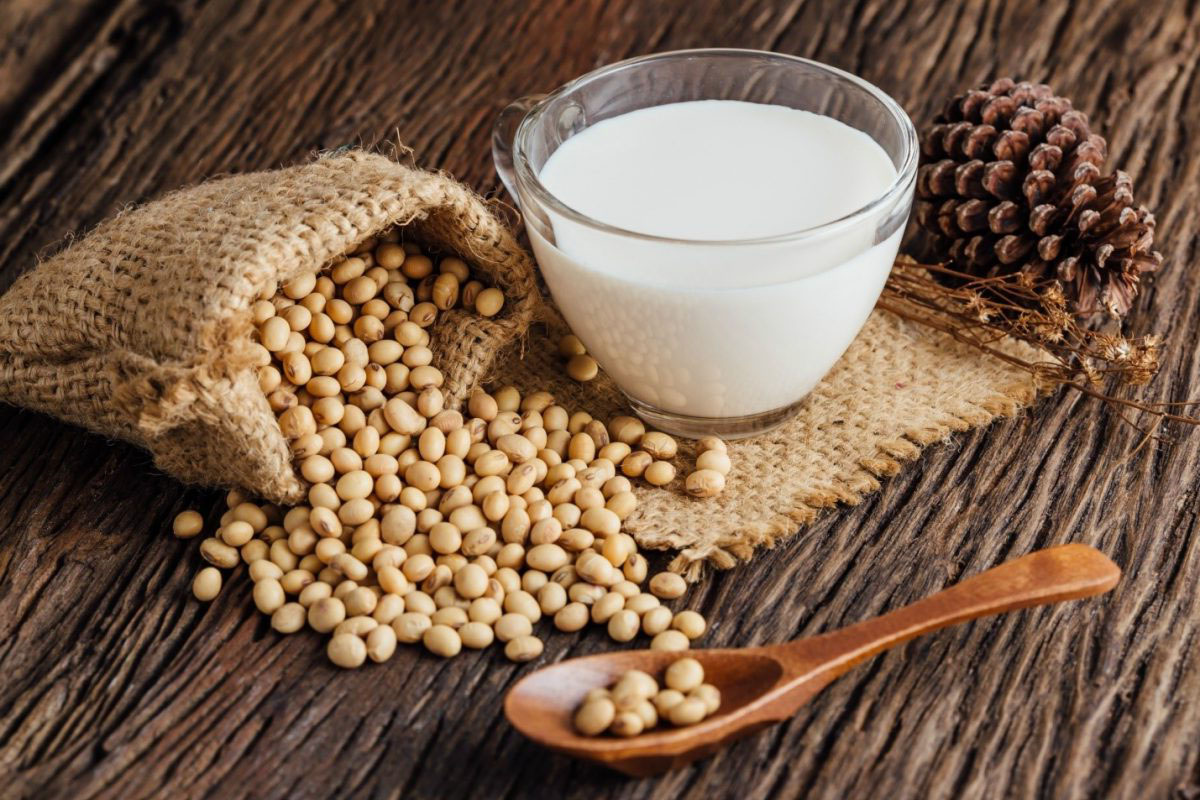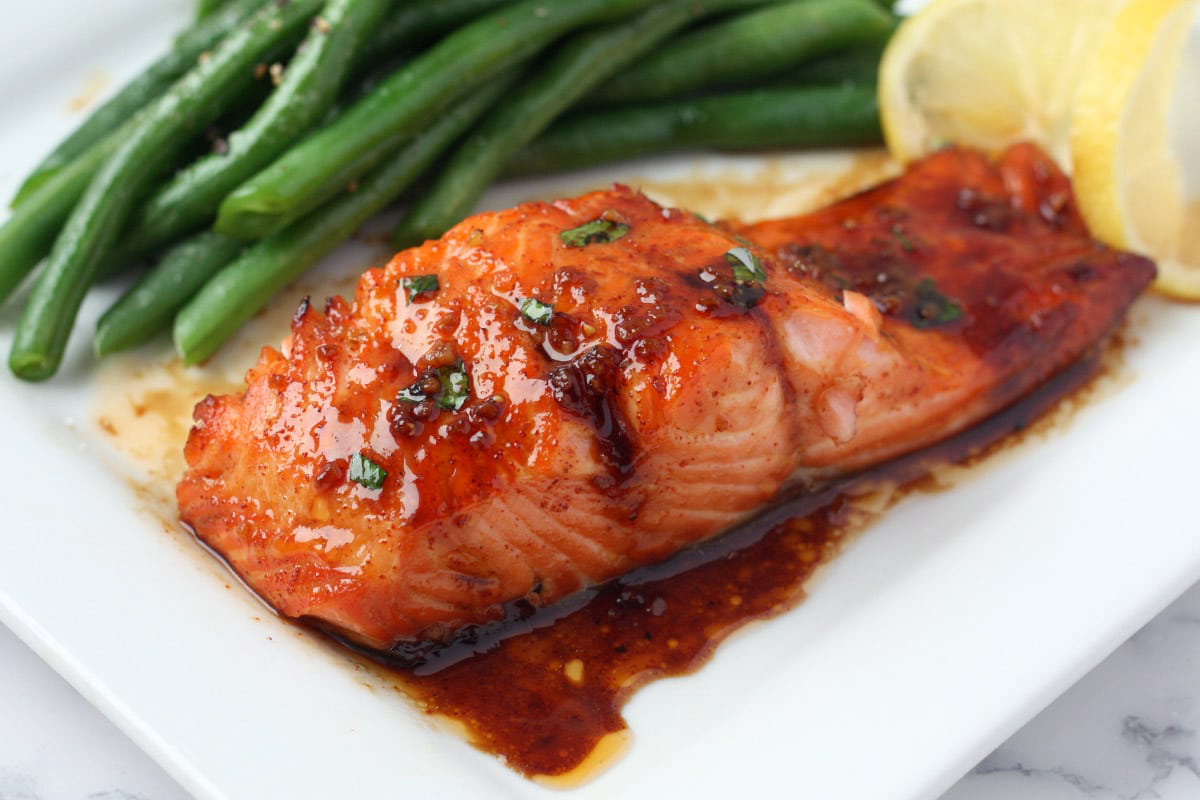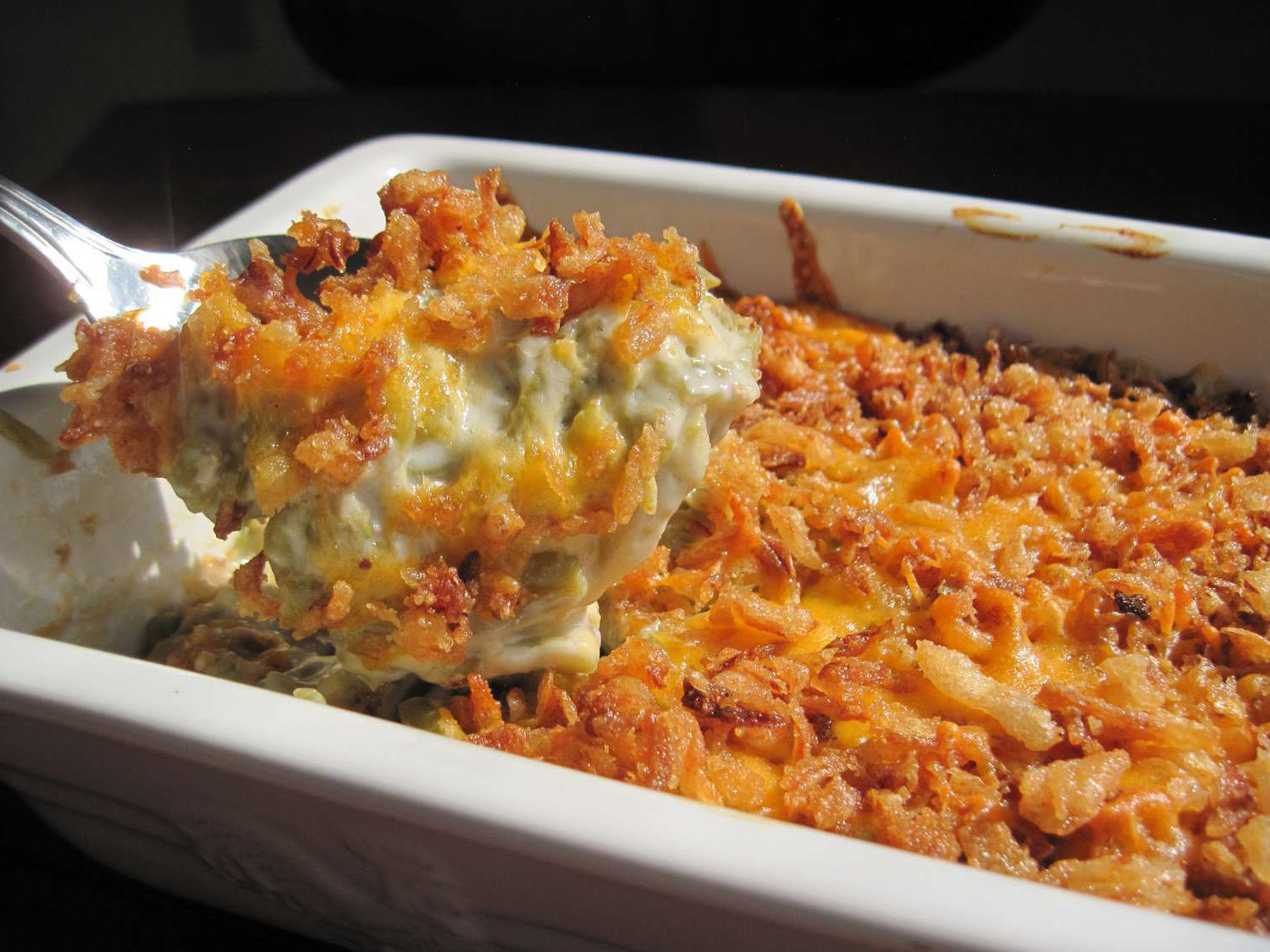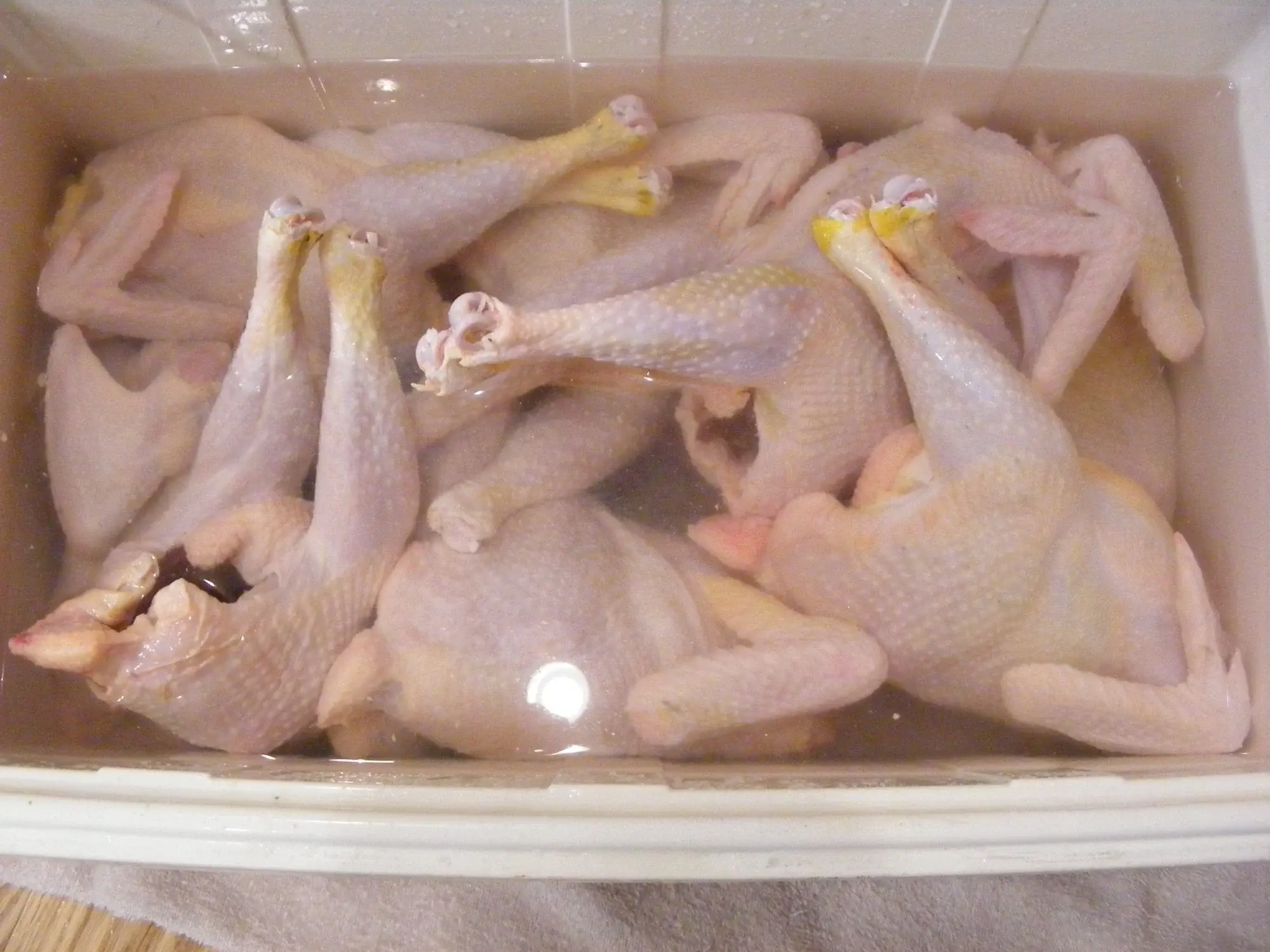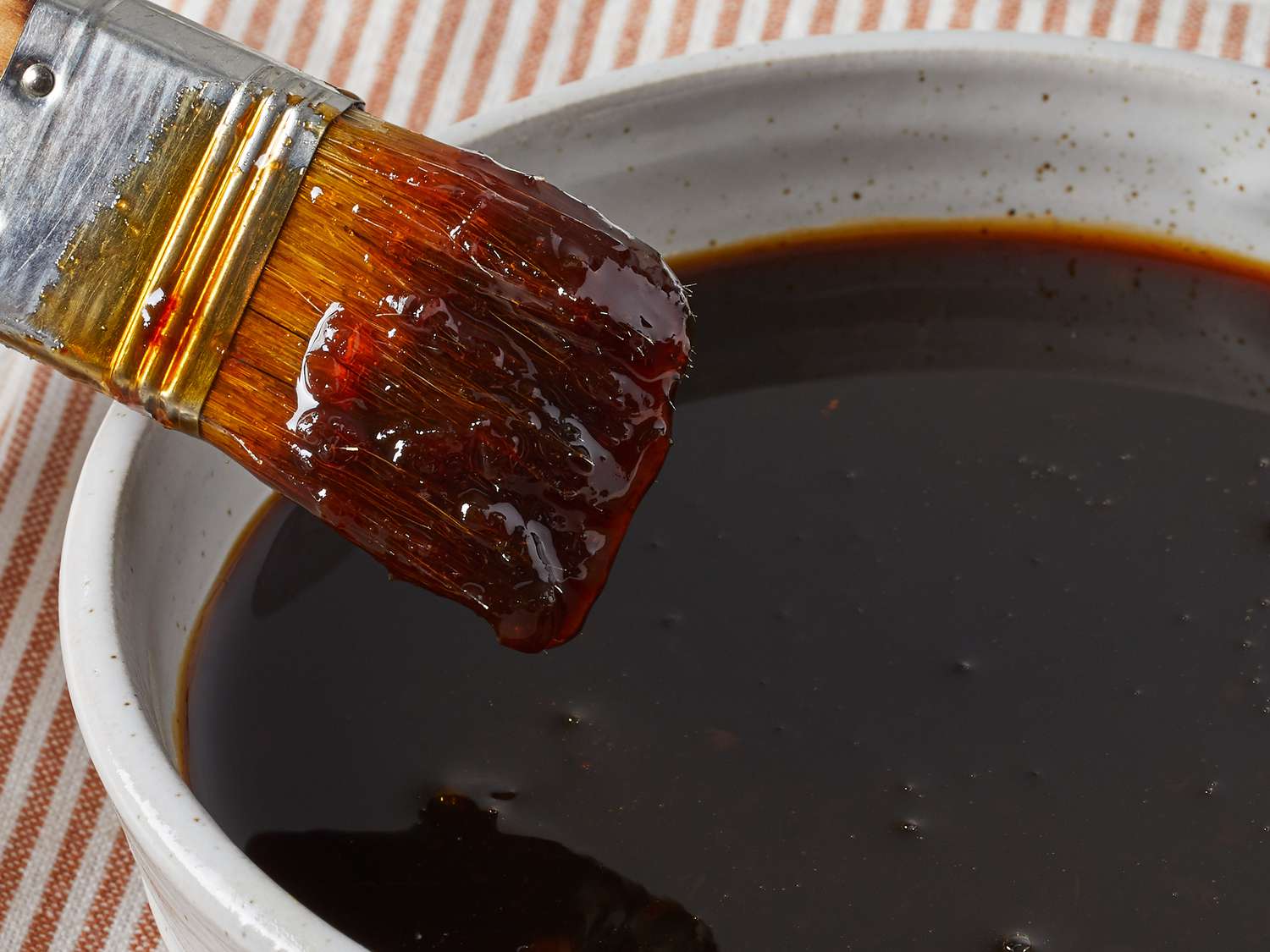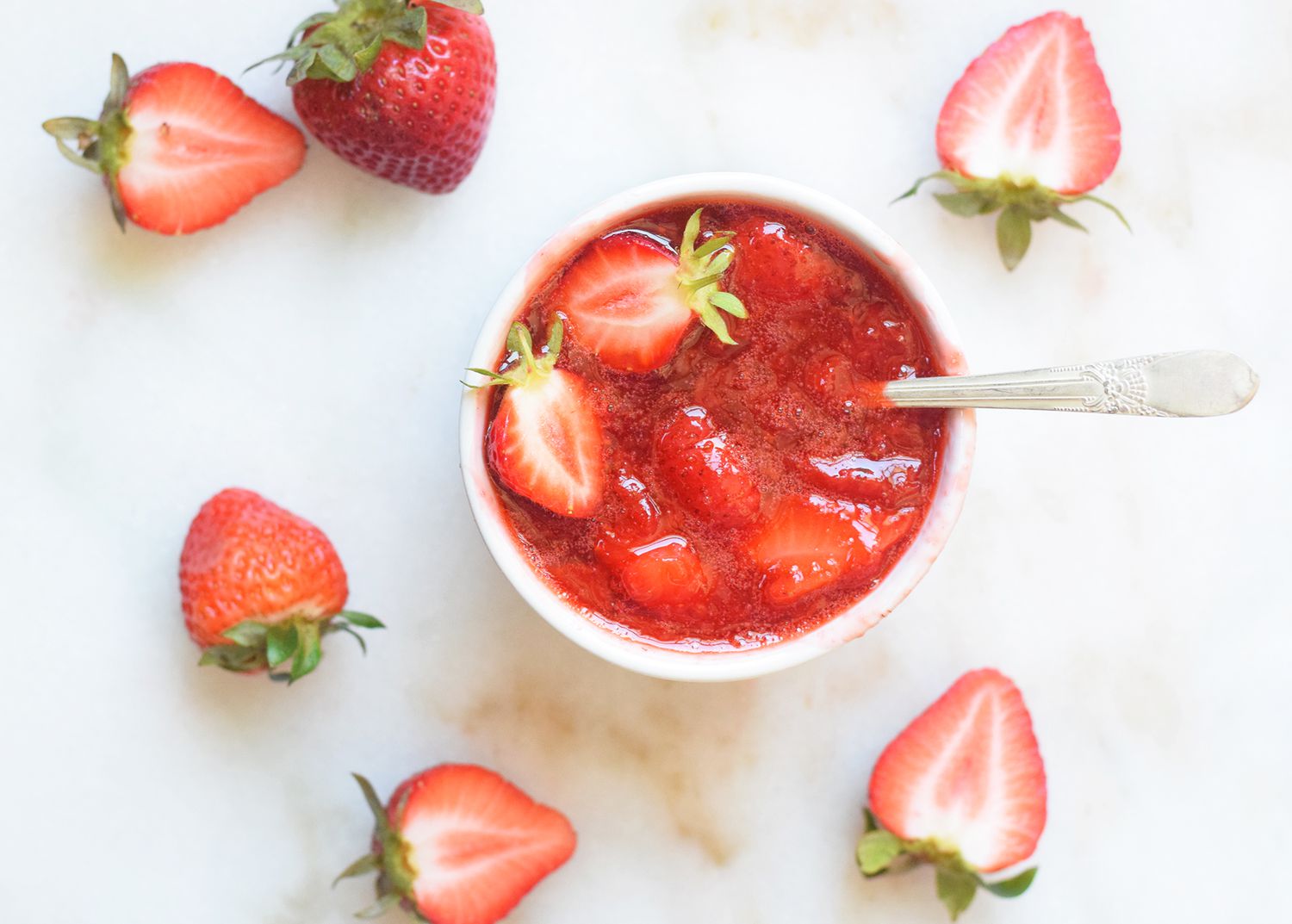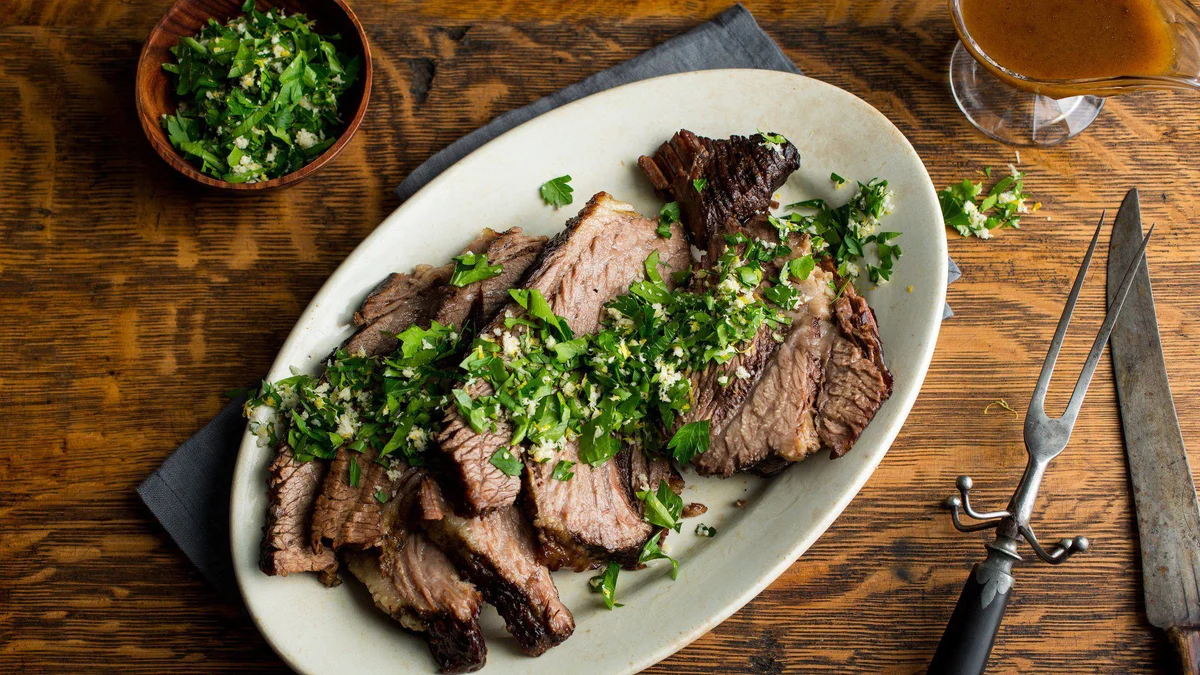Understanding Sabayon Sauce: A Delightful Culinary Creation
When it comes to the world of culinary delights, there are countless sauces that add depth and flavor to dishes. One such sauce that has been delighting taste buds for centuries is Sabayon sauce. This delectable creation is a staple in many classic recipes and is beloved for its rich, creamy texture and sweet, yet slightly tangy flavor.
So, what exactly is Sabayon sauce, and how is it used in cooking? Let’s dive into the world of this delightful sauce and explore its origins, ingredients, and versatile applications in the kitchen.
Origins and History
Sabayon sauce, also known as zabaglione in Italian cuisine, has a rich history that dates back to ancient times. It is believed to have originated in Italy, where it was traditionally made with egg yolks, sugar, and a sweet wine such as Marsala. The sauce was popularized in French cuisine as Sabayon, and its versatility led to its widespread adoption in various culinary traditions.
Ingredients
The classic recipe for Sabayon sauce calls for just a few simple ingredients:
- Egg yolks: The base of Sabayon sauce, egg yolks provide richness and a creamy texture.
- Sugar: Sweetens the sauce and balances the flavors.
- Sweet wine: Traditionally, a sweet wine such as Marsala is used to add depth and complexity to the sauce.
While the traditional recipe remains popular, modern variations of Sabayon sauce may include additional flavorings such as vanilla extract, citrus zest, or even a splash of liqueur for a unique twist.
Preparation and Technique
Creating the perfect Sabayon sauce requires a delicate touch and precise technique. The process involves whisking together the egg yolks and sugar over gentle heat, gradually incorporating the sweet wine to create a smooth, velvety sauce. The key is to achieve a light, airy consistency that coats the back of a spoon, known in culinary terms as “ribbon stage.”
It’s important to note that the eggs in Sabayon sauce are gently cooked by the heat from the steam, rather than direct heat, resulting in a luscious, custard-like texture without the need for prolonged cooking.
Applications in Cooking
Sabayon sauce is incredibly versatile and can be used in a variety of sweet and savory dishes. Some popular applications include:
- Desserts: Sabayon sauce is a classic accompaniment to desserts such as fresh fruit, berries, and sponge cakes. It can also be used as a topping for ice cream or incorporated into creamy parfaits.
- Seafood: In savory dishes, Sabayon sauce pairs beautifully with seafood, particularly shellfish such as lobster or shrimp. Its rich, velvety texture adds a luxurious touch to seafood dishes.
- As a base: Sabayon sauce can serve as a base for other sauces or be incorporated into custards and mousses, adding a delightful richness and depth of flavor.
Whether used as a finishing touch to a decadent dessert or as a luscious accompaniment to a savory seafood dish, Sabayon sauce adds a touch of elegance and sophistication to any culinary creation.
In Conclusion
As we’ve explored the world of Sabayon sauce, it’s clear that this delightful creation has earned its place as a beloved staple in the culinary realm. With its rich history, simple yet elegant ingredients, and versatile applications, Sabayon sauce continues to captivate the palates of food enthusiasts around the world.
Whether you’re indulging in a sumptuous dessert or savoring a savory seafood dish, the velvety, sweet tang of Sabayon sauce is sure to elevate your culinary experience to new heights.

